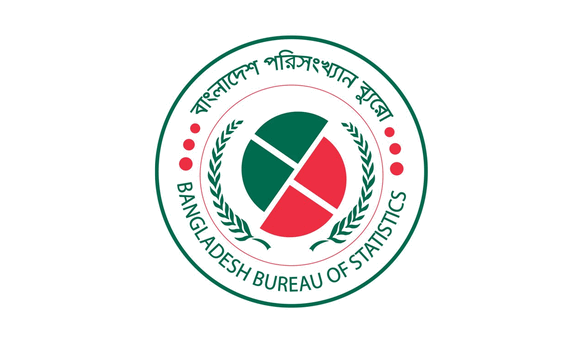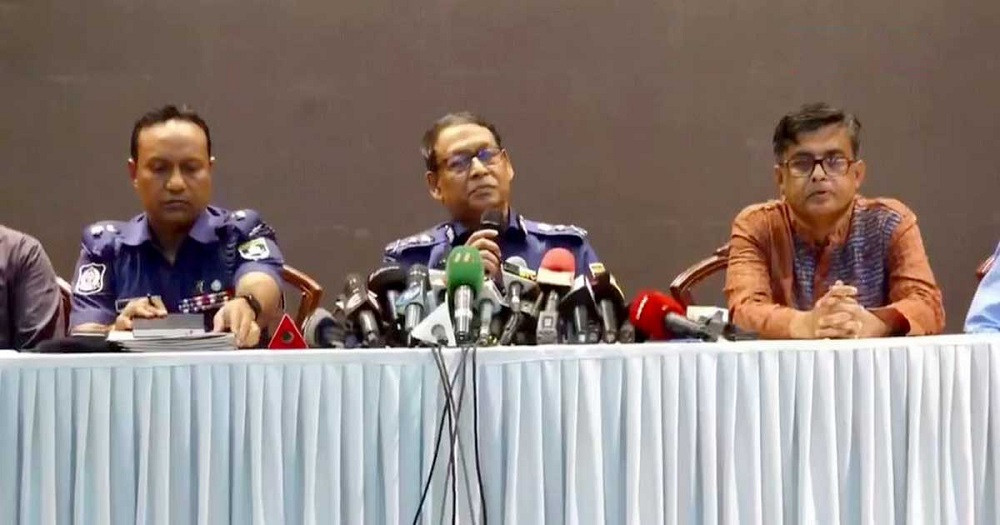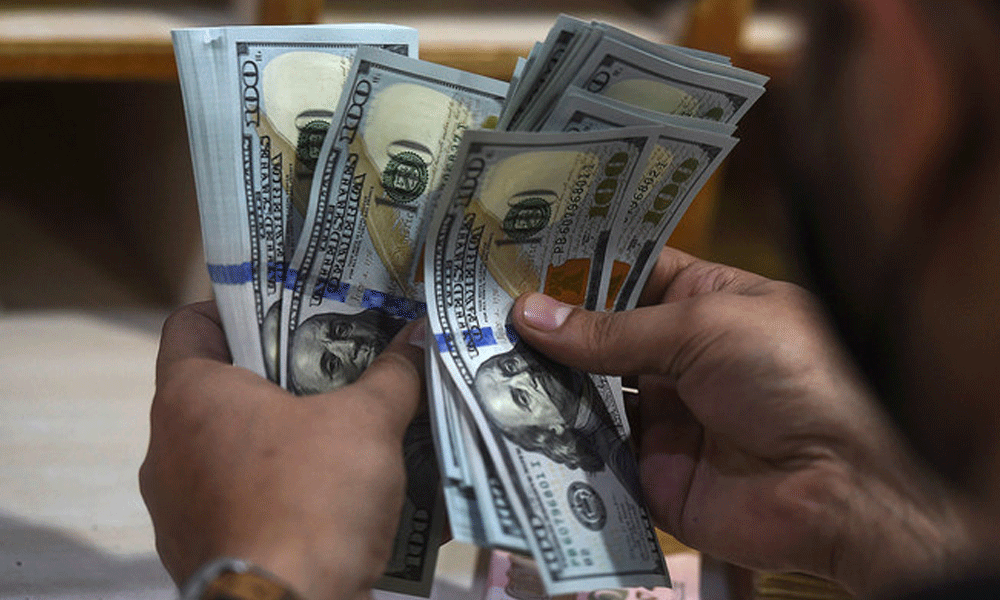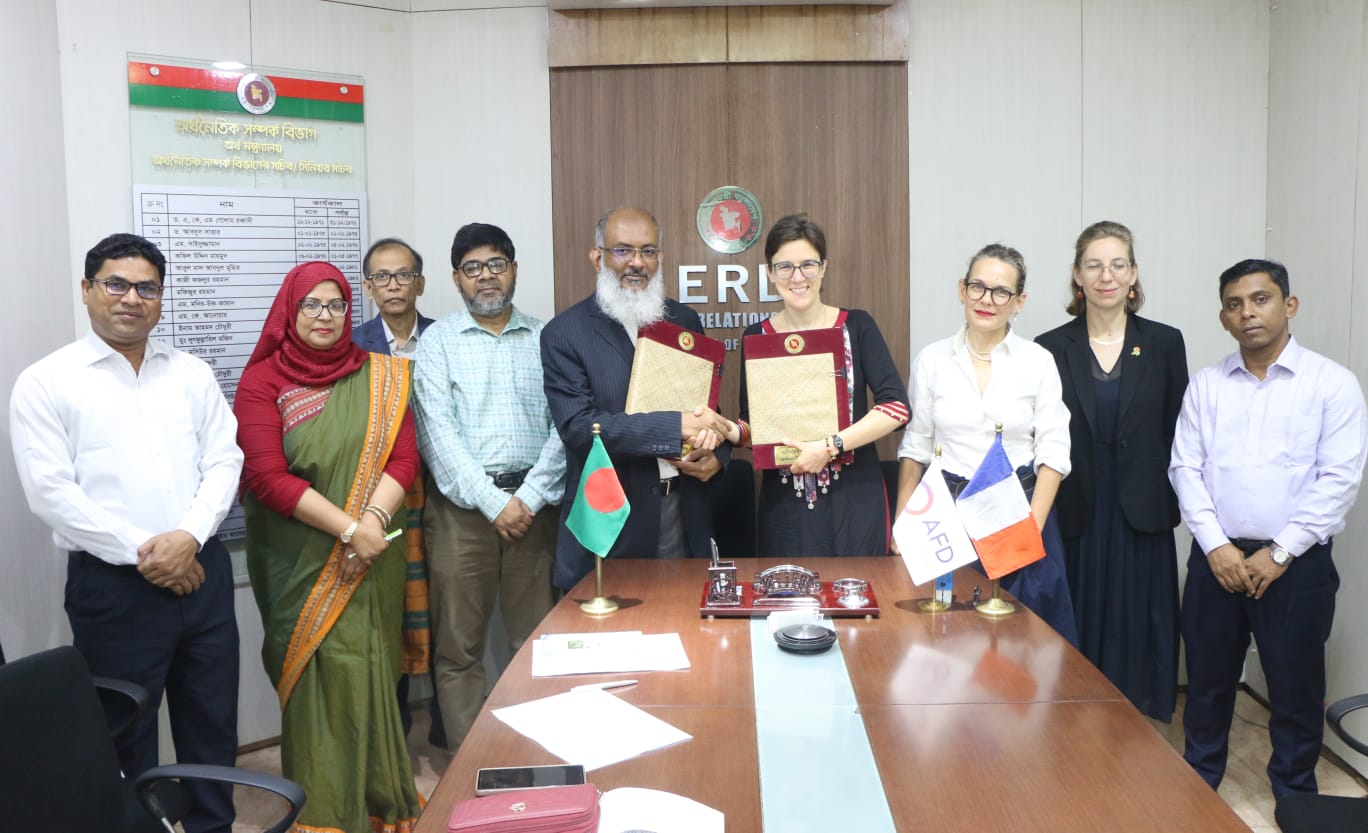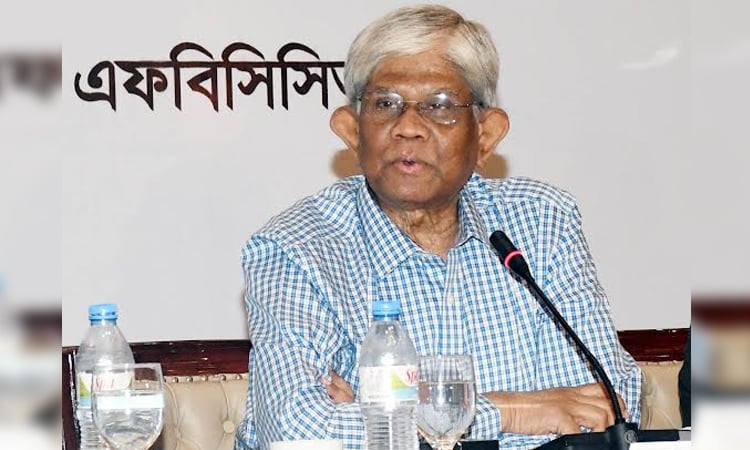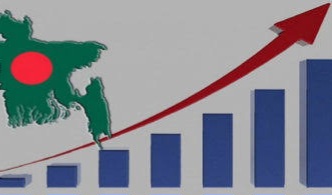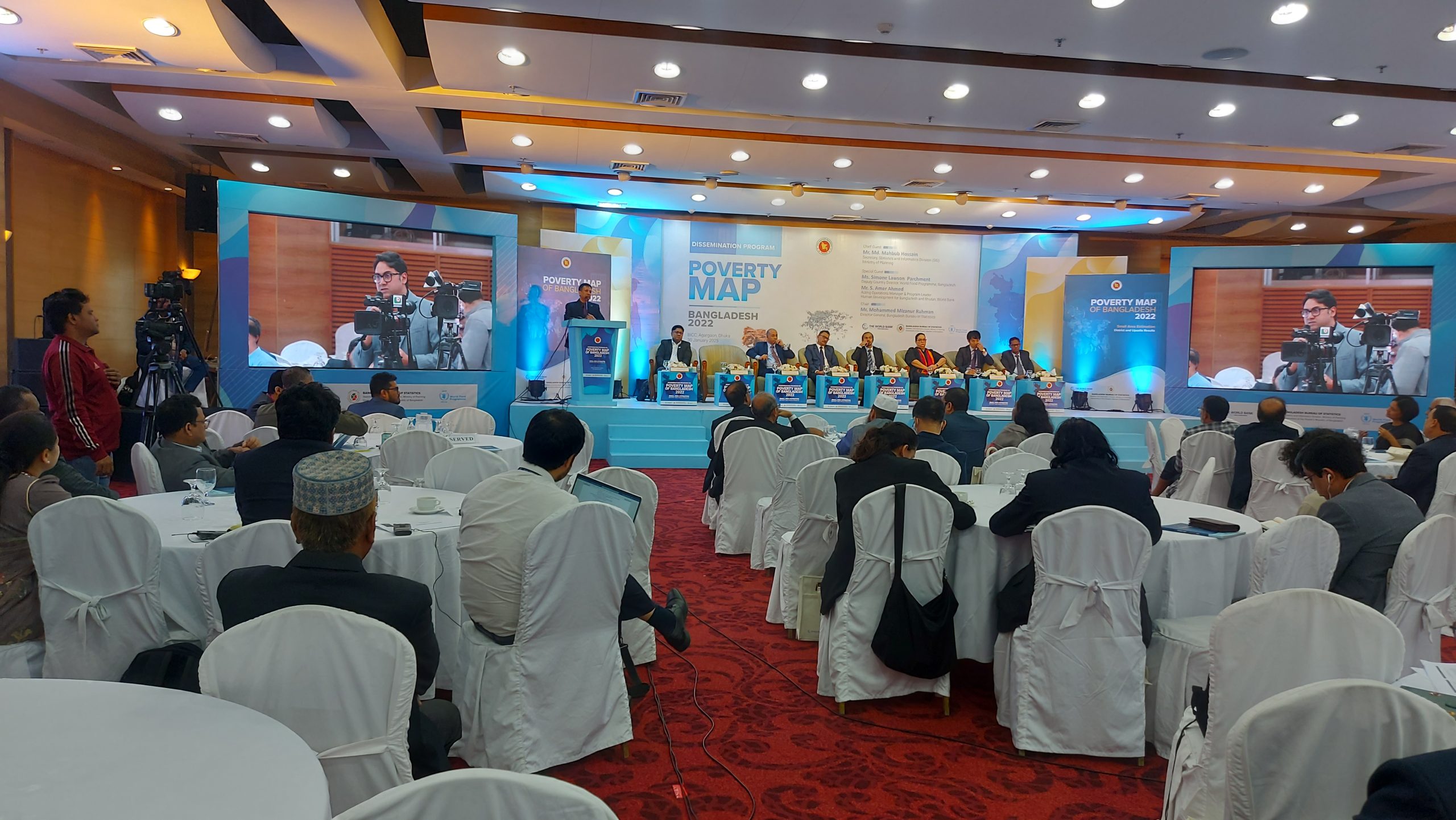
In the heart of Dhaka, Paltan, a once humble neighborhood, has transformed into one of the wealthiest areas in the city. A recent report from the Bangladesh Bureau of Statistics (BBS) reveals that Paltan, alongside other areas like Uttara and Dhanmondi, stands out for its exceptionally low poverty rate, with only 1.0% of its residents living below the poverty line.
But what factors contribute to this surprising prosperity in an area that has long been known for its bustling streets and vibrant commercial landscape?
The rising cost of rent and economic activity
Experts believe that two major factors have played a crucial role in the growing affluence of Paltan: skyrocketing house rents and its position as a key economic hub. While rent prices across Dhaka have risen in recent years, Paltan has witnessed some of the highest increases. One resident, Naimuddin Ahmed (45), who lives in a one-room apartment, spends over Tk15,000 per month on rent, a sum that has become increasingly common in this area. “The rent here is much higher compared to other neighborhoods. A two-room apartment costs anywhere between Tk20,000 to Tk25,000,” says Naimuddin.
The rising cost of living is a testament to the economic vibrancy of Paltan. The area is home to numerous businesses, including both large-scale corporate offices and small retail outlets. Many business owners, like Shariful Islam(40), have also been drawn to Paltan due to its commercial significance.
“Although the rent is higher, the location is ideal for business. I have been living here for years despite the costs,” he shares. The concentration of commercial activity and the demand for housing have elevated Paltan’s status as one of the most sought-after residential areas.
Wealth and poverty: A stark contrast
The BBS report, titled Poverty Map of Bangladesh 2022, paints a sharp contrast between the wealthy areas of Dhaka and regions struggling with poverty. While Paltan boasts a near-zero poverty rate, other areas like Kamrangirchar, where nearly 19.1% of residents live in poverty, highlight the disparities that exist across the city.
On those expected to be on the list with least number of poor residents, the second is Uttara pashchim, with 1.1% living below poverty line, Bimanandar (1.4), Dhanmondi (1.5), Newmarket (1.7), Shahbag (1.9%),
Other key areas of the Dhaka are Gulshan (3.2%), Mohammadpur (4.6%), Rampura (6.3%), Badda (7.4%), Banani (11.3%) and Mirpur (12.9%), among others.
Dhaka district itself has an overall poverty rate of 19.6%, while the national poverty rate stands at 19.2%, with rural areas being disproportionately affected. Rural poverty remains at a staggering 22.3%, while urban poverty is lower at 16.5%. This divergence is particularly evident in Dhaka’s districts: the district of Madaripur, for example, has the highest poverty rate at 54.4%, while Noakhali stands as the wealthiest with just 6.1% of its population living in poverty.
The poverty map also shows that some Dhaka neighborhoods, such as Gulshan, Mohammadpur, and Rampura, have moderate poverty rates, ranging from 3.2% to 12.9%. However, the absence of slums in Paltan may explain its relatively low poverty rate.
Md Baharane Sultan Bahar, president of the Bharatiya Parishad (Tenants’ Rights Council), said that in the 1970s and 80s, Paltan was home to many slums. However, by the 1990s, slums had disappeared, and wealthy individuals started purchasing land to live there. He noted that after Gulshan and Banani, Paltan has some of the highest rent prices in Dhaka.
“Since there are no slums in Paltan, fewer poor people live here compared to other areas,” he said.
According to Baharane Sultan Bahar, president of the Bangladesh Tenants’ Association, the area has evolved into a more exclusive space for wealthy individuals since the 1990s, pushing out low-income residents.
Challenges in measuring urban poverty
Despite these statistics, experts argue that the measurement of urban poverty in areas like Paltan is a complex issue. Dr Mohammad Abdur Razzaque, Chairman of RAPID, points out that the international poverty line of $2.15 per day does not accurately reflect the cost of living in urban areas like Dhaka. “The poverty line used in Bangladesh’s calculations doesn’t align with the true cost of urban living. In cities like Dhaka, the cost of basic needs is significantly higher,” he explains.
He said, “There are four reasons why poverty might be less in Paltan area. The income reported is often shown higher, but in reality, it is lower in the context of this area. It’s difficult to assess poverty in urban areas because we can’t accommodate many people in their homes. Sometimes there are errors in surveys. Last one, due to fewer slums in the Paltan area.”
The BBS’s survey methodology also faces challenges in capturing the full scope of poverty in urban spaces. Mohiuddin Ahmed, Deputy Director of the BBS, acknowledges that factors such as the absence of slums and difficulties in surveying informal settlements might contribute to the underreporting of poverty in certain areas, including Paltan.
The bigger picture: Bridging the gap
The story of Paltan highlights a larger issue in Bangladesh – the stark economic divide that separates the affluent from the impoverished. As urban centers like Dhaka continue to grow, the disparity between rich and poor grows ever wider, challenging policymakers to address the root causes of inequality.
While Paltan’s growing wealth reflects the success of its economic activities, it also underscores the urgent need for targeted policies to support the poor in areas like Kamrangirchar, Mirpur, and Madaripur. The government’s efforts to reduce poverty are ongoing, but the path to closing the wealth gap remains a difficult one.
For now, Paltan stands as a symbol of Dhaka’s economic boom, but it also serves as a stark reminder of the challenges the nation faces in tackling poverty across its many regions. The divide between the prosperous and the impoverished in Bangladesh’s capital serves as a call to action for more inclusive economic policies and better support for the country’s most vulnerable populations.
As Paltan continues to thrive, it is clear that addressing Bangladesh’s poverty issue will require more than just economic growth—it will require a concerted effort to ensure that all regions, urban and rural, can share in the benefits of that growth.



